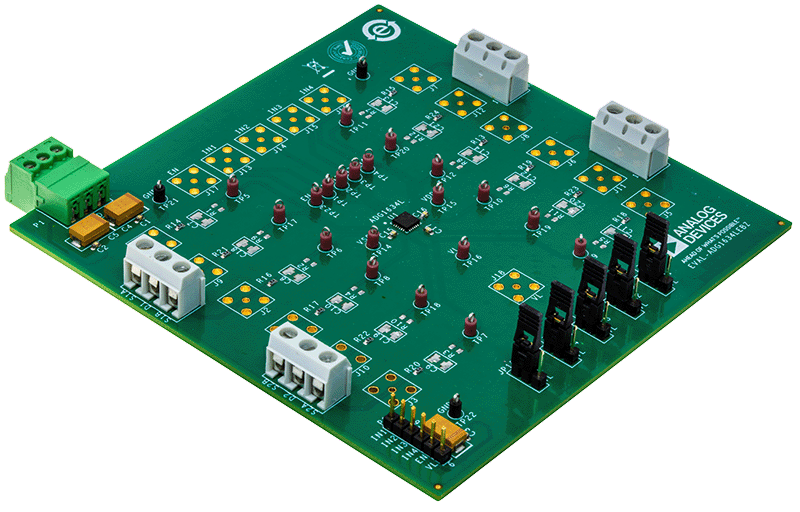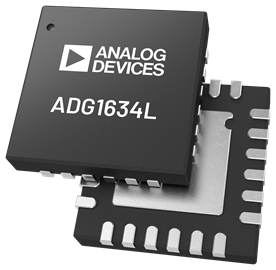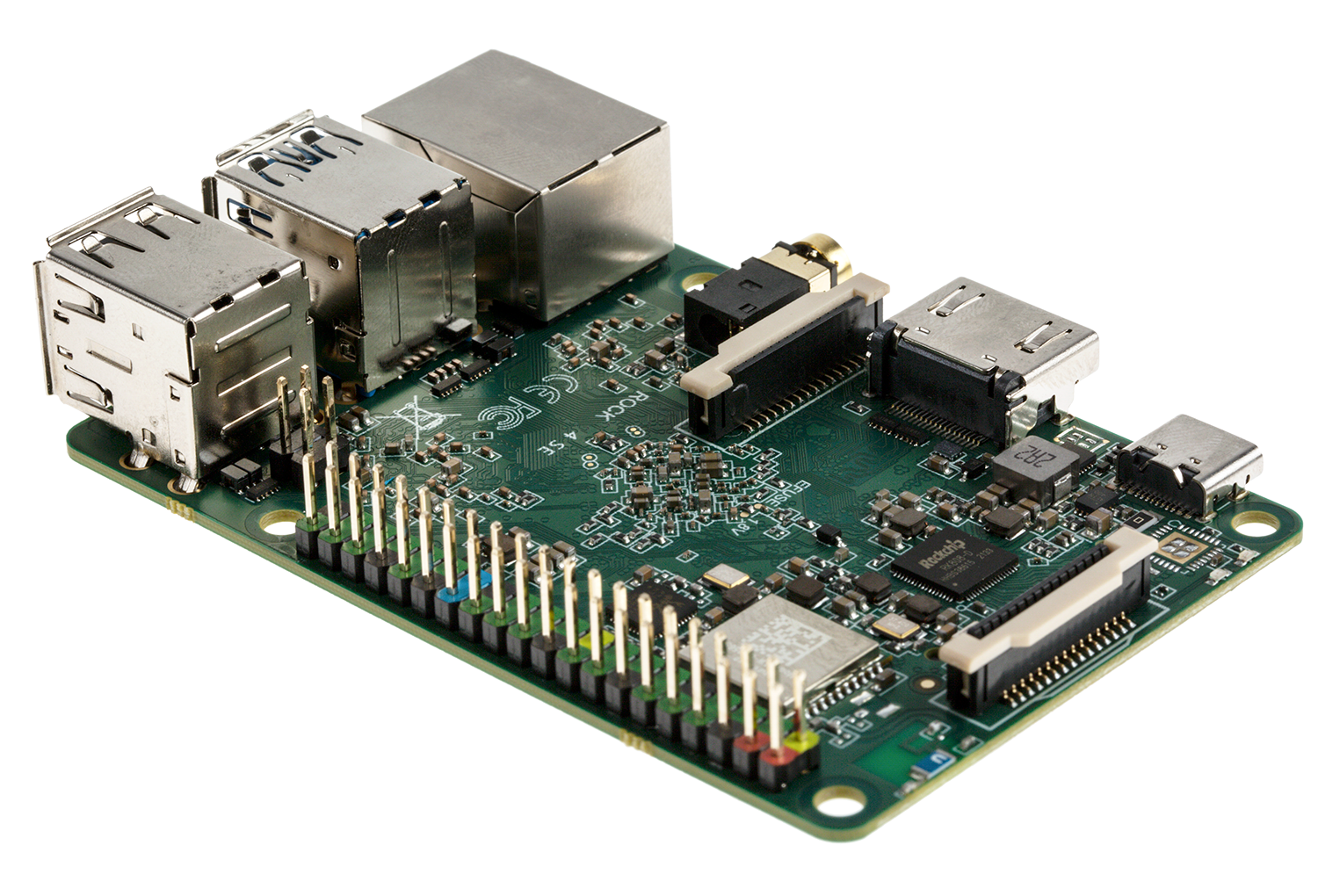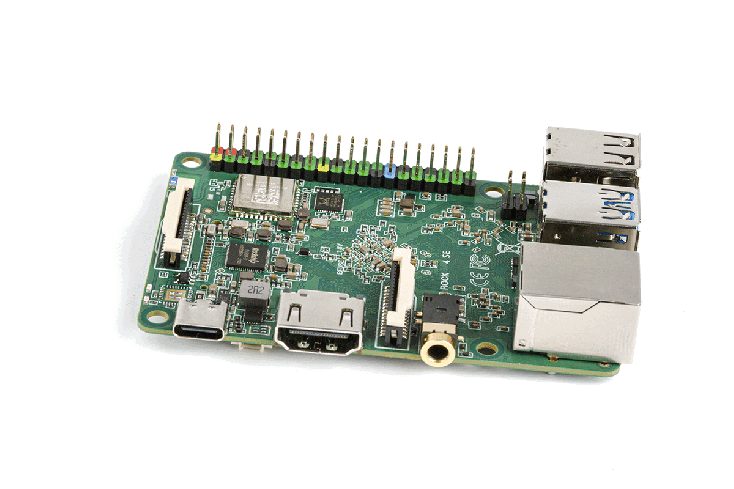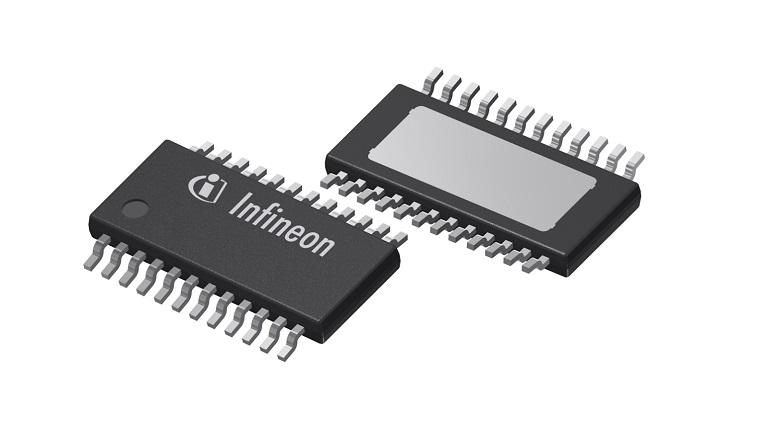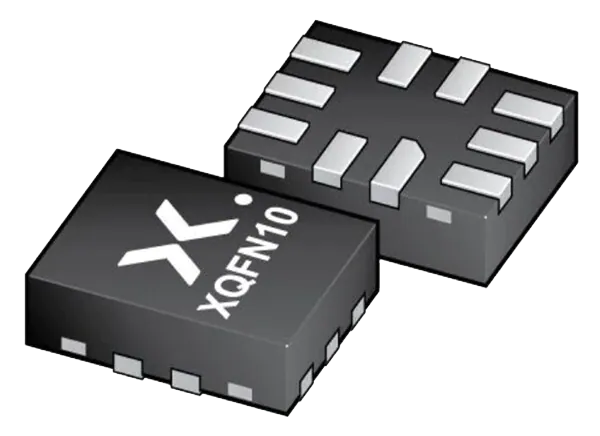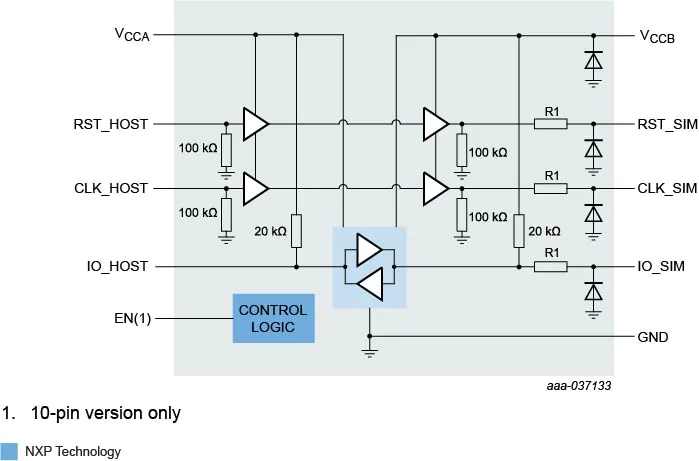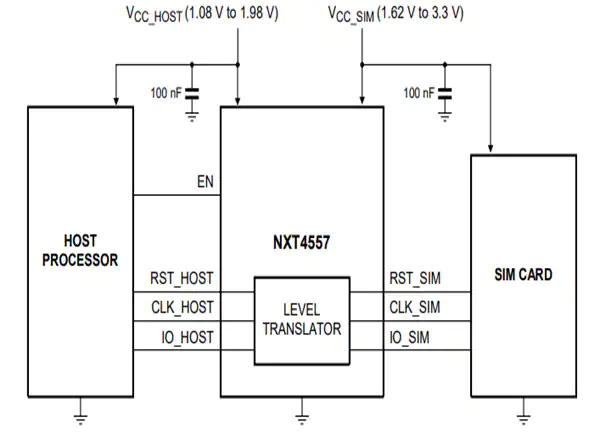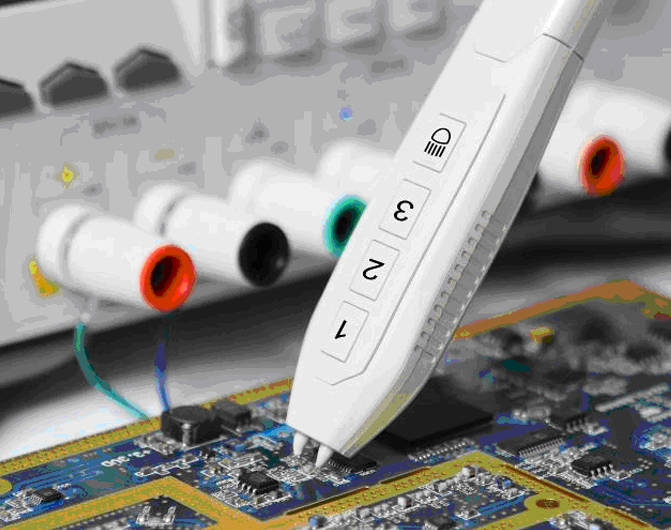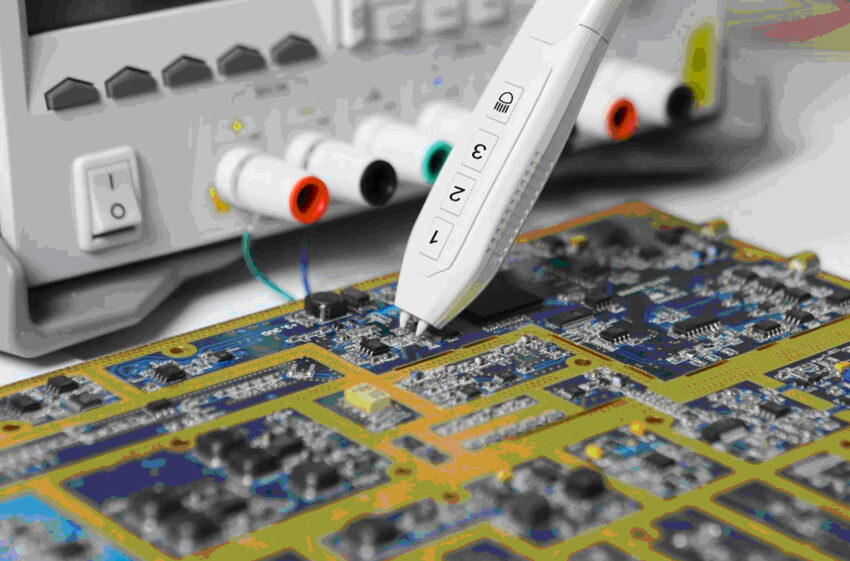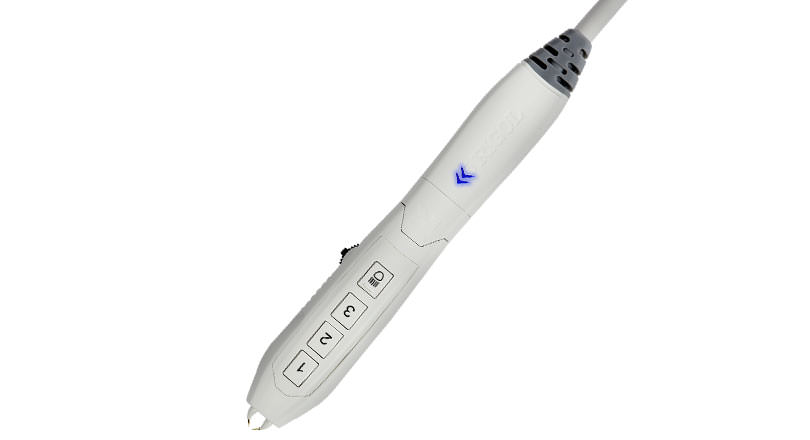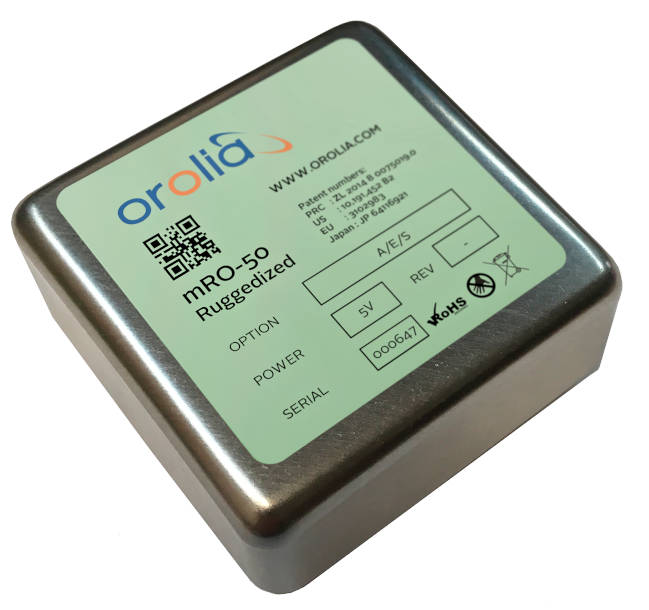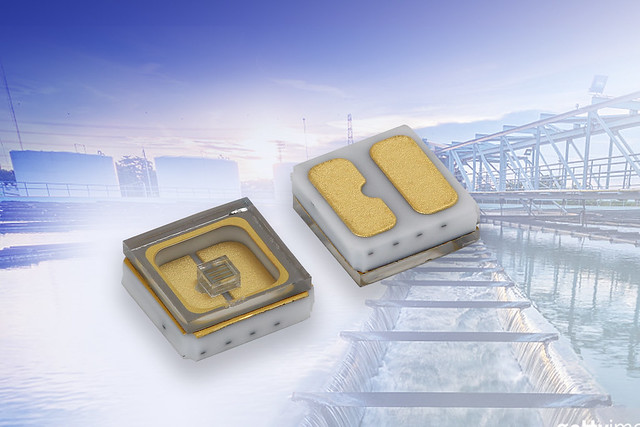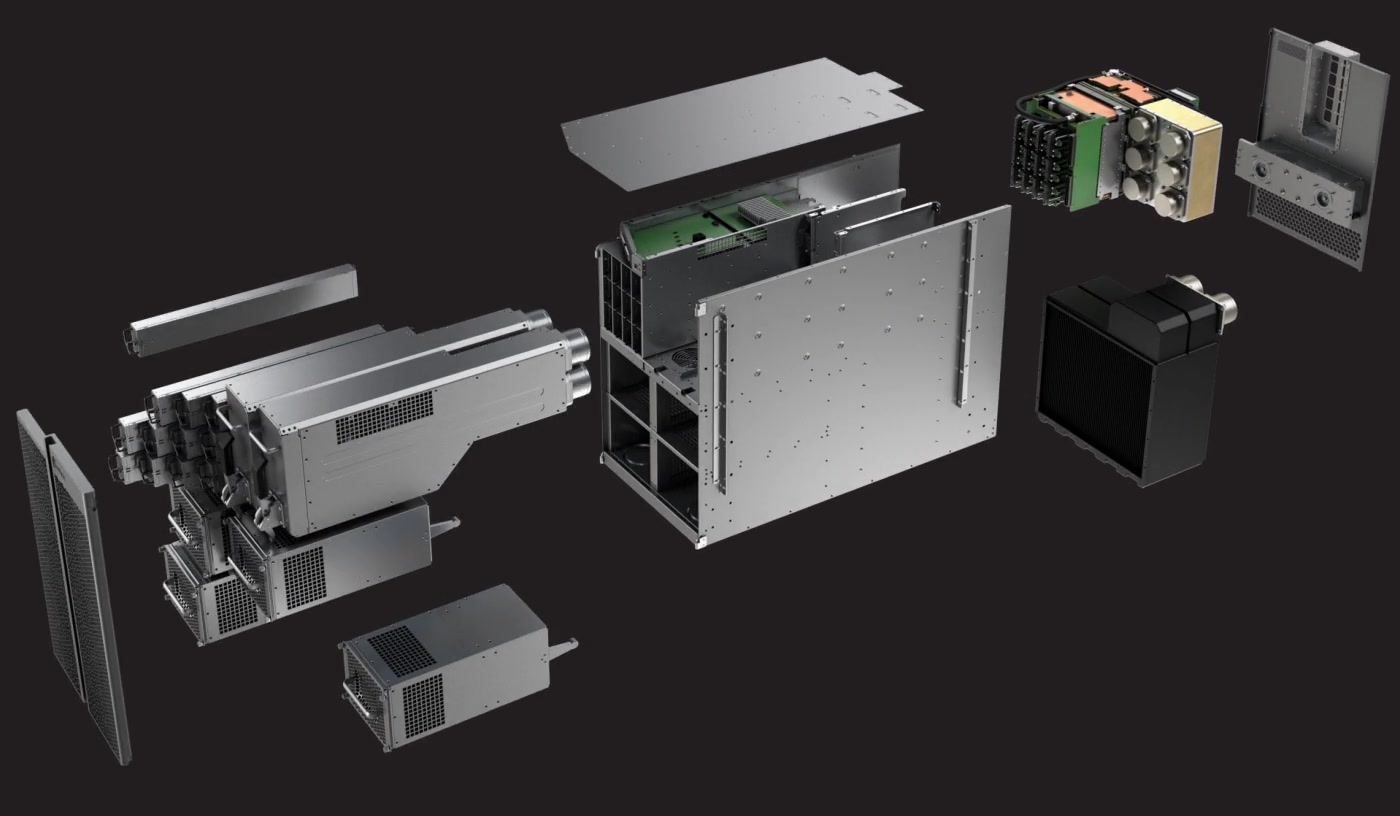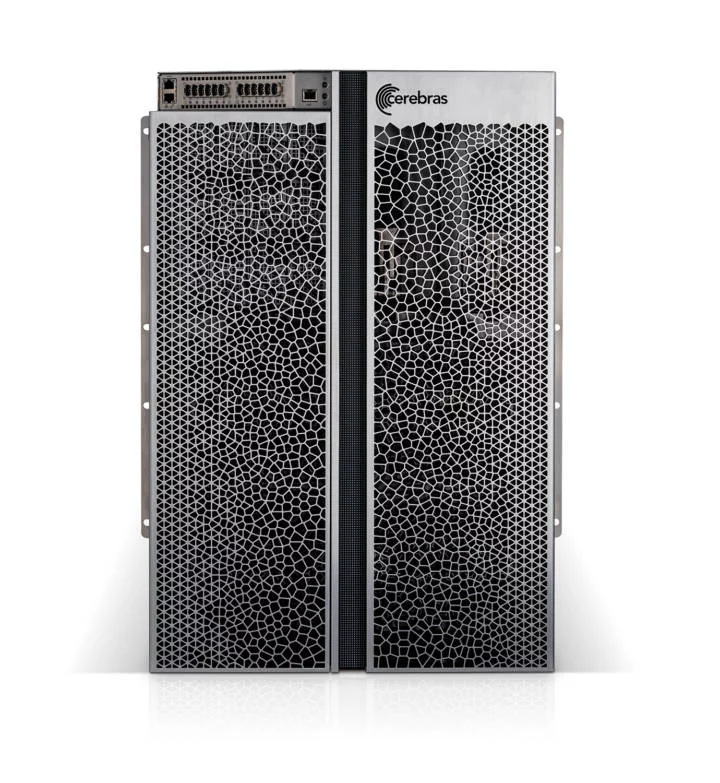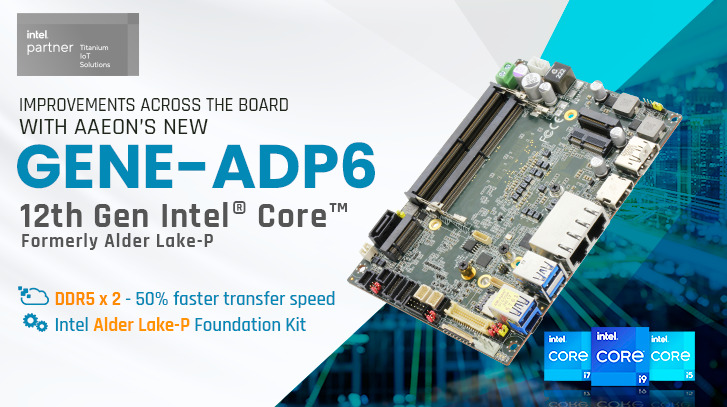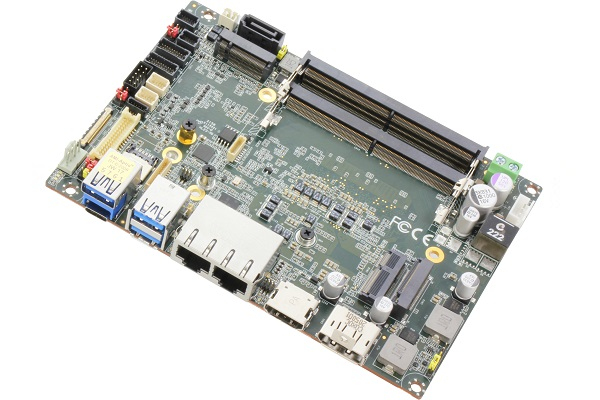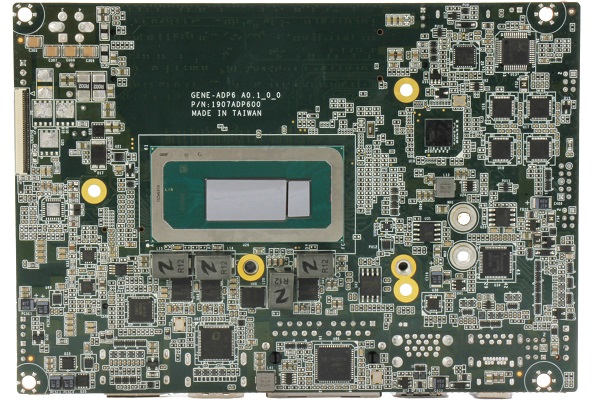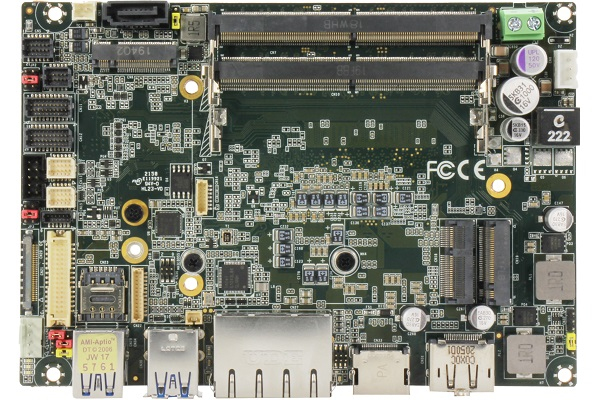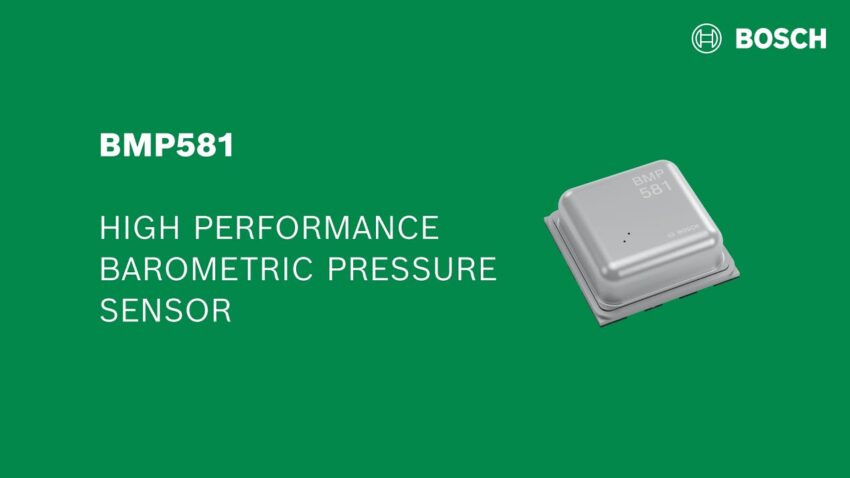
The BMP581 absolute barometer sensor from Bosch enables design flexibility and energy-efficient applications.
Bosch expands its pressure sensor product portfolio with the BMP581. The small, low-power, low-noise 24-bit sensor measures pressure absolutely as well as barometrically and is suitable for a variety of altitude tracking applications. Especially the small form factor of 2 mm x 2 mm x 0.75 mm provides a high degree of design flexibility for the development of GPS modules, drones, wearables, hearables, and IoT and industrial products. Likewise, the product is compatible with other Bosch Sensortec sensors, including the BMI270. In comparison to previous models, the sensor boasts improved performance, stability, and robustness. The Bosch BMP581 is available.
Bosch’s digital sensor covers a wide measurement range from 300 hPa to 1250 hPa. The BMP581 is suitable for high-performance applications such as fitness measurements with ±6 Pa, which corresponds to a height difference of ±50 cm, as well as an offset temperature coefficient (TCO) of 0.5 Pa / K.
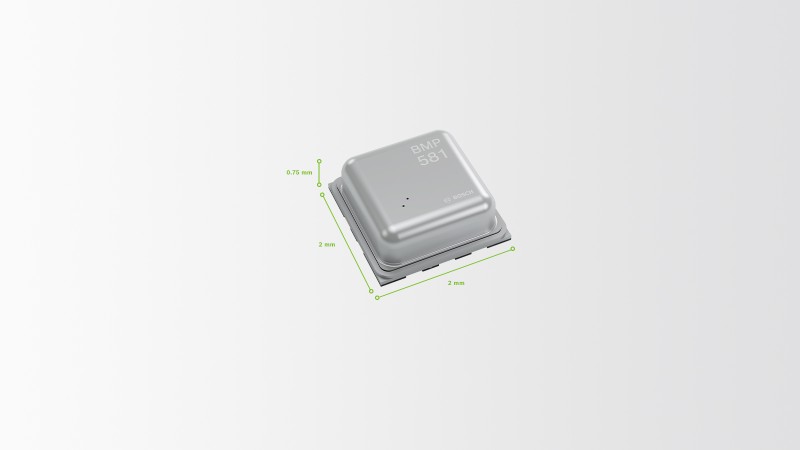
Similarly, the component matches localization applications, such as in products for detecting the level of the ground during emergency calls (E-911), and also detects water levels and falls. The BMP581 features MEMS as well as SPI and I3C interfaces.
The average power consumption of the sensor is 1.3 μA @ 1 Hz pressure and temperature and 0.5 μA in low stand-by mode. Its absolute accuracy is ±30 Pa and the operating voltage is between 1.65 V and 3.6 V. In addition, the sensor impresses with a wide temperature range from -40 °C to 85 °C.



